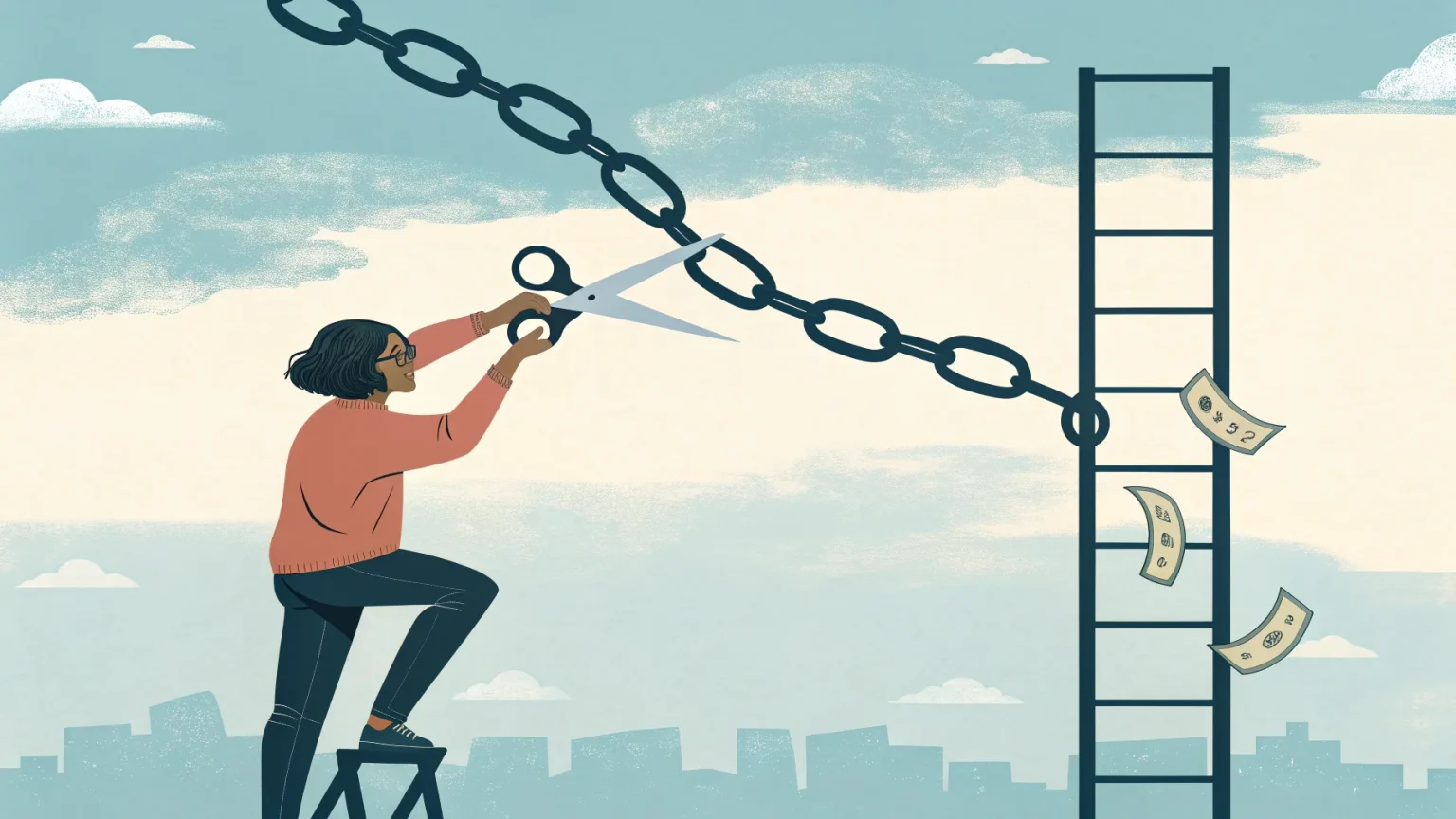We’ve all heard the advice: “Just cut back a little. Tighten the belt. Save your way to wealth.” This conventional wisdom sounds prudent, but I’ve learned through challenging experience that obsessive cost-cutting can sabotage your path to financial freedom.
Let me be candid – cutting costs can cost you way more than you save. Not just in money, but in time, energy, and ultimately opportunity. This isn’t just theory; it’s painful lessons I’ve learned or watched others learn the hard way.
The Hidden Price of “Saving” Money
I once met someone who refused to pay $1,000 for an accountant. Their DIY approach to taxes was costing them $150,000 per year in missed deductions. That’s not frugality – that’s financial self-sabotage.
When I started my business journey, I hired based on convenience instead of competence. I thought I was being smart by keeping overhead low with underpaid team members. The real cost? Lost momentum, constant stress, and sleepless nights as I found myself micromanaging and picking up slack.
These weren’t isolated incidents. I remember driving to another town to save 30 cents per gallon on gas. I’d burn 45 minutes to save four dollars total. That’s not financial wisdom – that’s scarcity thinking in disguise.
A New Framework for Financial Decisions
Everything changed when I created a new decision-making framework: If someone could save me more than 10% of my time, energy, or money, I hire them. No questions asked.
This shift in thinking transformed my financial trajectory because I finally understood:
- Cheap isn’t smart when it costs you growth opportunities
- Expensive isn’t always a cost – often it’s an investment
- The real cost isn’t measured in dollars but in bandwidth, energy, and freedom
The wealthy don’t shrink their way to success. This fundamental truth separates those who build lasting wealth from those who remain stuck in financial mediocrity.
Building Wealth Through Expansion, Not Contraction
Truly wealthy people build systems. They invest in support. They buy back their time to create more value. This approach might seem counterintuitive if you’ve been raised on scarcity thinking, but it’s how sustainable wealth is created.
The wealthy don’t shrink their way to success. They build systems. They invest in support. They buy back their time to create more value.
When you focus exclusively on cutting costs, you’re operating from a mindset of contraction rather than expansion. You’re training your brain to see limitations instead of possibilities. This mental framework alone can cost you millions over a lifetime.
I’ve seen this play out repeatedly with clients who come to me after years of trying to save their way to wealth. They’ve pinched pennies religiously but remain financially stuck because they never addressed the income and value-creation side of the equation.
The Real Question You Should Ask
Next time you’re about to cut a corner or chase a discount, ask yourself: “Am I saving dollars or sacrificing dreams?
Because wealth isn’t about living smaller, it’s about thinking bigger. It’s about creating systems that generate value, not just preserving what you already have.
The most expensive decision you’ll ever make isn’t spending too much – it’s thinking too small. When you understand this principle, you’ll stop focusing exclusively on the cost and start focusing on their value.
I challenge you to examine where you might be cutting costs at the expense of your future. Look for those areas where investing more – not less – could exponentially increase your returns, whether financial, temporal, or emotional.
Remember, true financial freedom comes from expansion, not contraction. Build systems, invest in support, and buy back your time. That’s how you create wealth that lasts.







